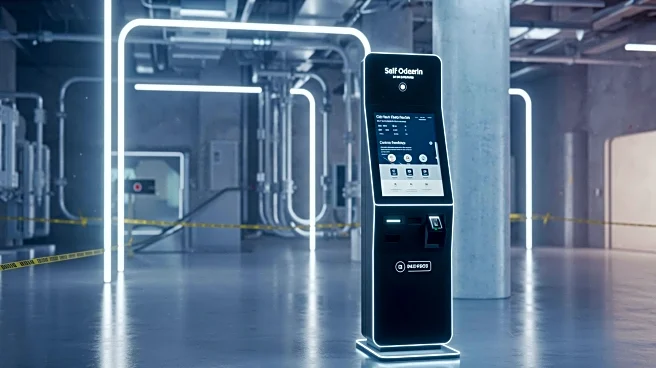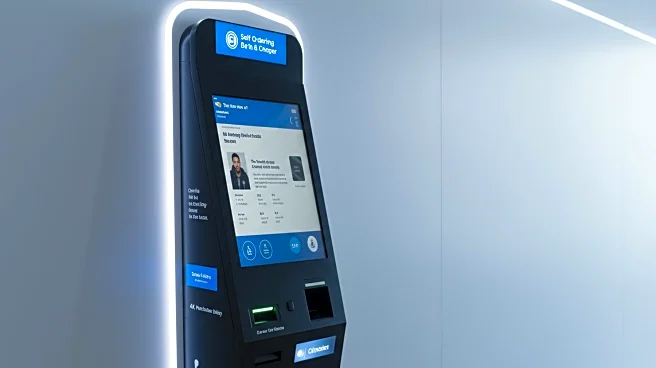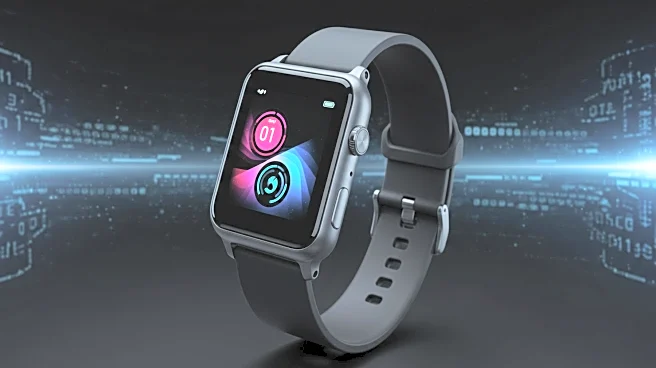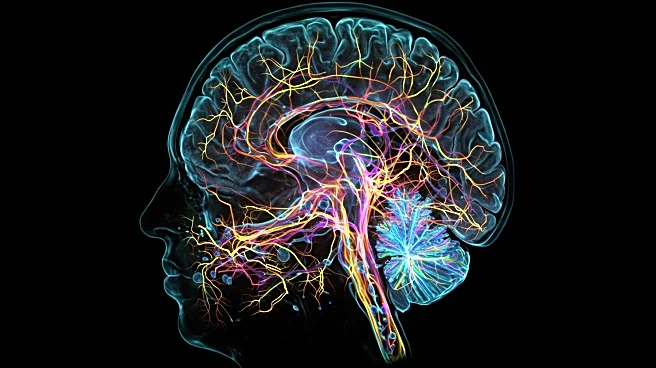What's Happening?
Recent trends in industrial design are focusing on inclusivity and adaptability, particularly in the development of self-ordering kiosks. These kiosks are being designed to cater to individuals with various disabilities, making technology more accessible. Key features include adjustable heights and tactile keypads, which allow the kiosks to meet user-specific needs. This shift towards inclusive technology highlights a broader movement within industrial design to create products that are not only functional but also accessible to a wider audience.
Why It's Important?
The emphasis on inclusive technology in industrial design has significant implications for both consumers and businesses. For consumers, particularly those with disabilities, these innovations provide greater independence and ease of use in everyday tasks. For businesses, adopting such technologies can enhance customer satisfaction and broaden their customer base by accommodating a more diverse group of users. This trend also reflects a growing societal demand for products that are designed with accessibility in mind, potentially influencing future design standards and regulations.
What's Next?
As the trend towards inclusive technology continues, it is likely that more industries will adopt similar design principles. Companies may invest in research and development to create products that are not only accessible but also environmentally friendly and cost-effective. Additionally, there may be increased collaboration between designers, disability advocates, and regulatory bodies to ensure that new technologies meet the needs of all users. This could lead to the establishment of new industry standards and best practices for inclusive design.
Beyond the Headlines
The move towards inclusive design in technology also raises important ethical considerations. Designers and companies must balance innovation with the responsibility to create products that do not exclude any group of users. This trend may also prompt discussions about the role of technology in society and how it can be used to bridge gaps in accessibility and equality.











